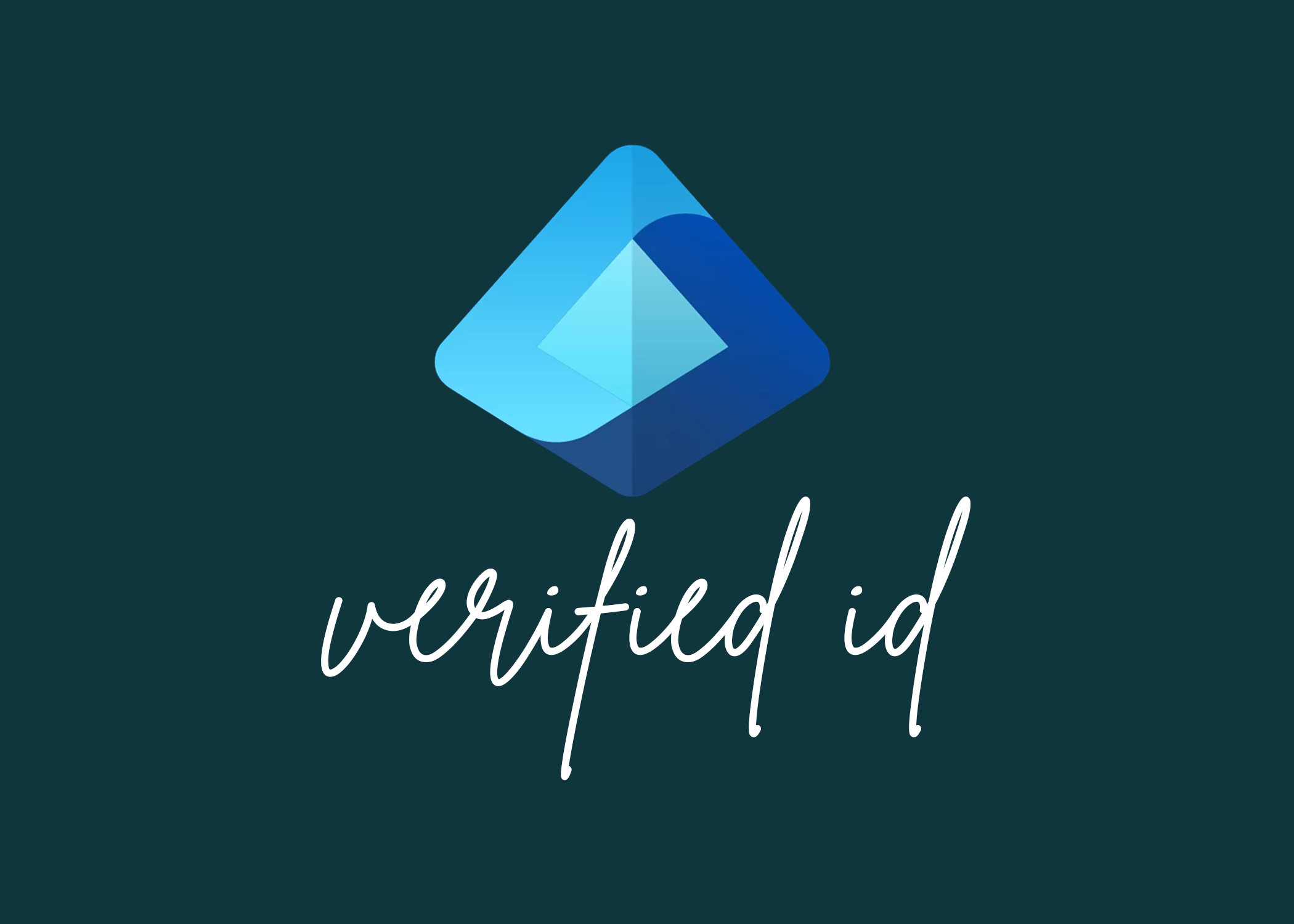As our world grows more connected, securing digital identities has become one of the cornerstones of modern cybersecurity. The rise of decentralized identity solutions, like Microsoft Entra Verified ID, offers a new paradigm for managing digital trust. This deep dive will explain what Verified ID is, how it works, how to implement it, why it’s vital for cybersecurity, and where you can find official Microsoft resources to learn more.
What is Microsoft Entra Verified ID?
Microsoft Entra Verified ID is a decentralized identity solution designed to empower individuals and organizations to verify and share their credentials securely. Verified ID shifts control of identity information back to the individual, eliminating the need for centralized storage or reliance on third-party intermediaries.
Key features include:
- Decentralized Model: Credentials are issued, held, and verified directly between parties using cryptographic keys, without requiring a central repository.
- Privacy by Design: Users control what information they share and with whom, ensuring compliance with data protection regulations like GDPR.
- Interoperability: Built on open standards, Verified ID integrates seamlessly with existing systems and ecosystems.
At its core, Verified ID enables trust in digital interactions, whether you’re verifying a job applicant’s qualifications, authenticating access to sensitive systems, or confirming an individual’s identity.
How Does Microsoft Entra Verified ID Work?
Microsoft Entra Verified ID operates through a simple yet robust three-party model:
- Issuer: An organization or entity (like a university, employer, or government agency) issues a digital credential to a subject (e.g., a diploma or work credential).
- Holder: The subject (individual or entity) stores the credential in their digital wallet, maintaining full control over it.
- Verifier: Another entity verifies the credential when the holder shares it for authentication or validation purposes.
These interactions are facilitated by:
- Decentralized Identifiers (DIDs): Unique identifiers used for secure communication and credential exchange.
- Verifiable Credentials: Tamper-proof digital credentials encoded with cryptographic keys to ensure authenticity and integrity.
This approach reduces the risks associated with centralized storage of sensitive identity data and ensures that only authorized parties can verify and access credentials.
How to Implement Microsoft Entra Verified ID
Here’s how you can set up and deploy Verified ID for your organization:
- Set Up Your Environment:
- Access Microsoft Entra through the Microsoft Azure Portal.
- Ensure you have the necessary licenses and permissions to use Microsoft Entra Verified ID.
- Define Your Use Case:
- Identify the credentials your organization needs to issue or verify, such as employee IDs, certifications, or membership credentials.
- Configure the Verified ID Service:
- Follow the Microsoft Entra Verified ID Documentation to configure your organization as an issuer and verifier.
- Use APIs to integrate Verified ID into your existing identity systems or applications.
- Design Credential Schemas:
- Create schemas for the credentials you’ll issue, ensuring they meet your organization’s requirements and align with open standards.
- Deploy a Digital Wallet:
- Provide employees or users with a compatible digital wallet app for managing and presenting their credentials.
- Issue and Verify Credentials:
- Start issuing credentials to your users and integrate verification workflows into your business processes.
- Monitor and Optimize:
- Use monitoring tools within the Azure Portal to track usage and refine your deployment as needed.
Why Microsoft Verified ID is Crucial for Cybersecurity
The adoption of decentralized identity solutions like Verified ID addresses several critical challenges in cybersecurity:
- Mitigates Identity Theft:
- By eliminating centralized identity databases, Verified ID reduces the attack surface for cybercriminals looking to exploit stolen data.
- Enhances Privacy:
- Individuals control their credentials, deciding when and where to share their information, minimizing unnecessary data exposure.
- Supports Zero Trust Architectures:
- Verified ID strengthens identity verification processes, ensuring that access to sensitive resources is based on verified claims rather than untrusted credentials.
- Simplifies Compliance:
- The privacy-focused design aligns with global data protection regulations like GDPR and CCPA.
- Boosts Trust in Digital Interactions:
- Verified ID establishes a verifiable chain of trust, making it easier for organizations to authenticate users and partners without relying on vulnerable intermediaries.
Official Microsoft Resources for Learning Verified ID
Microsoft provides a wealth of resources to help you understand and implement Entra Verified ID:
- Microsoft Entra Verified ID Documentation
- A comprehensive guide to setting up and managing Verified ID.
- Microsoft Learn: Introduction to Verified ID
- A beginner-friendly learning path covering core concepts and use cases.
- Verified ID Developer Documentation
- Technical resources for integrating Verified ID into applications using Microsoft APIs.
- Microsoft Entra Product Page
- High-level product overview and benefits tailored to business leaders.
- Microsoft Tech Community: Verified ID
- Connect with peers and experts to discuss best practices and troubleshooting.
Conclusion
In an era where identity-based attacks are skyrocketing, Microsoft Entra Verified ID offers a secure, privacy-first approach to managing digital credentials. Its decentralized architecture not only reduces the risks associated with centralized data storage but also empowers individuals to take control of their identity. For organizations, it’s a powerful tool to enhance trust, streamline compliance, and bolster security.
If you’re ready to embrace the future of identity management, start exploring Microsoft Entra Verified ID today. The links above will give you everything you need to implement this cutting-edge solution and make digital trust a reality in your organization.





